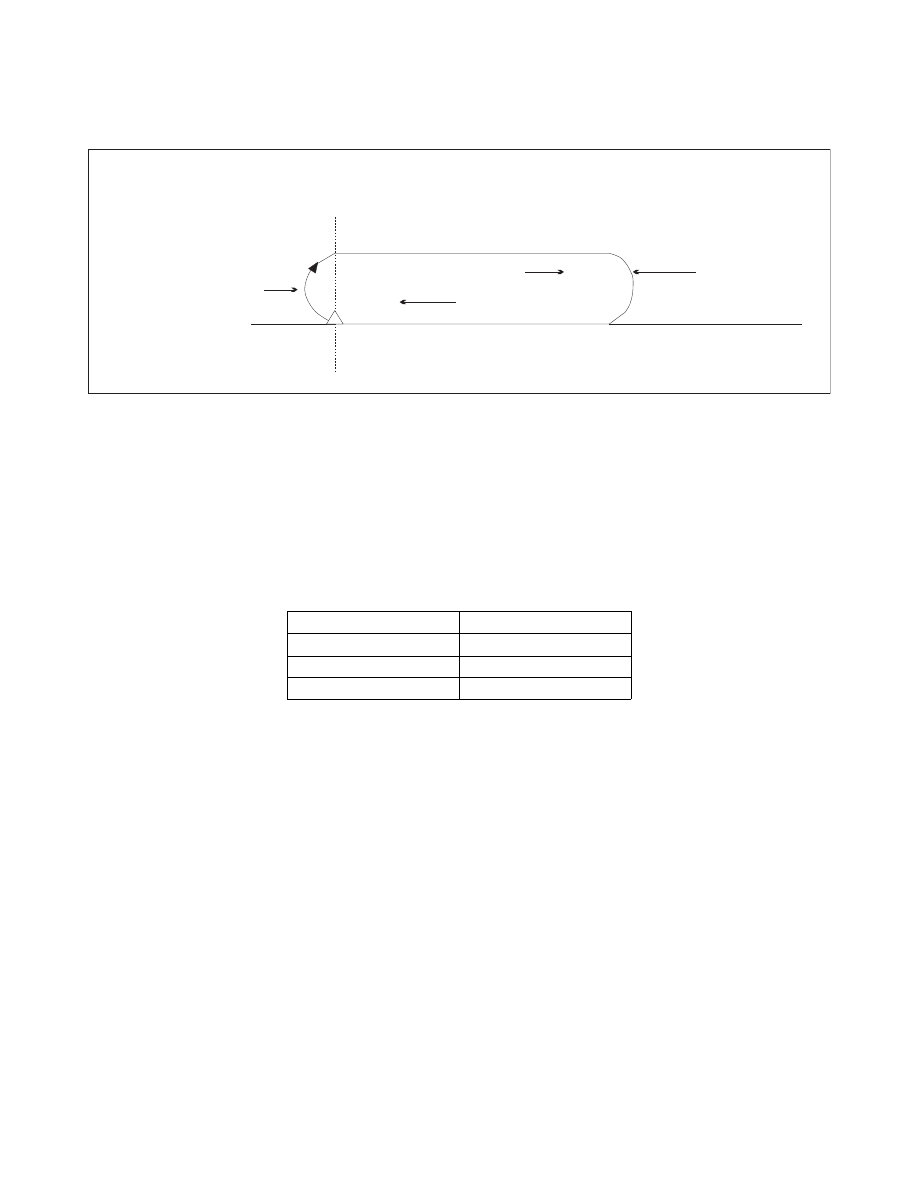
4/20/23
AIM
FIG 5
−
3
−
3
Holding Pattern Descriptive Terms
ABEAM
ABEAM
HOLDING SIDE
HOLDING SIDE
OUTBOUND
OUTBOUND
INBOUND
INBOUND
END
OUTBOUND
OUTBOUND
END
FIX END
FIX END
RECIPROCAL
RECIPROCAL
FIX
FIX
NONHOLDING SIDE
NONHOLDING SIDE
HOLDING
HOLDING
COURSE
COURSE
j.
Holding pattern airspace protection is based on the following procedures.
1. Descriptive Terms.
(a) Standard Pattern.
Right turns (See FIG 5
(b) Nonstandard Pattern.
Left turns
2. Airspeeds.
(a)
All aircraft may hold at the following altitudes and maximum holding airspeeds:
TBL 5
−
3
−
20
Altitude (MSL)
Airspeed (KIAS)
MHA
−
6,000’
200
6,001’
−
14,000’
230
14,001’ and above
265
NOTE
−
These are the maximum indicated air speeds applicable to all holding.
(b)
The following are exceptions to the maximum holding airspeeds:
(1)
Holding patterns from 6,001’ to 14,000’ may be restricted to a maximum airspeed of 210 KIAS.
This nonstandard pattern will be depicted by an icon.
(2)
Holding patterns may be restricted to a maximum speed. The speed restriction is depicted in
parenthesis inside the holding pattern on the chart: e.g., (175). The aircraft should be at or below the maximum
speed prior to initially crossing the holding fix to avoid exiting the protected airspace. Pilots unable to comply
with the maximum airspeed restriction should notify ATC.
(3)
Holding patterns at USAF airfields only
−
310 KIAS maximum, unless otherwise depicted.
(4)
Holding patterns at Navy fields only
−
230 KIAS maximum, unless otherwise depicted.
(5)
All helicopter/power lift aircraft holding on a “COPTER” instrument procedure is predicated on
a minimum airspeed of 90 KIAS unless charted otherwise.
(6)
When a climb
−
in hold is specified by a published procedure (for example, “Climb
−
in holding
pattern to depart XYZ VORTAC at or above 10,000.” or “All aircraft climb
−
in TRUCK holding pattern to cross
TRUCK Int at or above 11,500 before proceeding on course.”), additional obstacle protection area has been
provided to allow for greater airspeeds in the climb for those aircraft requiring them. A maximum airspeed of
En Route Procedures
5
−
3
−
23